Imagine starting your day only to be met with the frustrating click of a lifeless car battery. It’s a scenario many drivers know all too well—your vehicle refuses to roar to life, leaving you stranded and searching for answers. While car batteries are designed to deliver reliable power, they can unexpectedly drain for a variety of reasons. Understanding the common causes behind this silent power loss not only saves you time and stress but also keeps your journeys running smoothly. In this article, we’ll explore the typical culprits behind car battery drain and how identifying them can help you avoid those inconvenient breakdowns.
Table of Contents
- Understanding the Hidden Culprits Behind Battery Drain
- The Impact of Electrical Accessories on Battery Life
- How Extreme Temperatures Affect Your Car Battery
- Recognizing Parasitic Drain and How to Detect It
- Maintenance Tips to Prevent Unexpected Battery Failures
- When to Seek Professional Help for Persistent Battery Issues
- Q&A
- In Summary
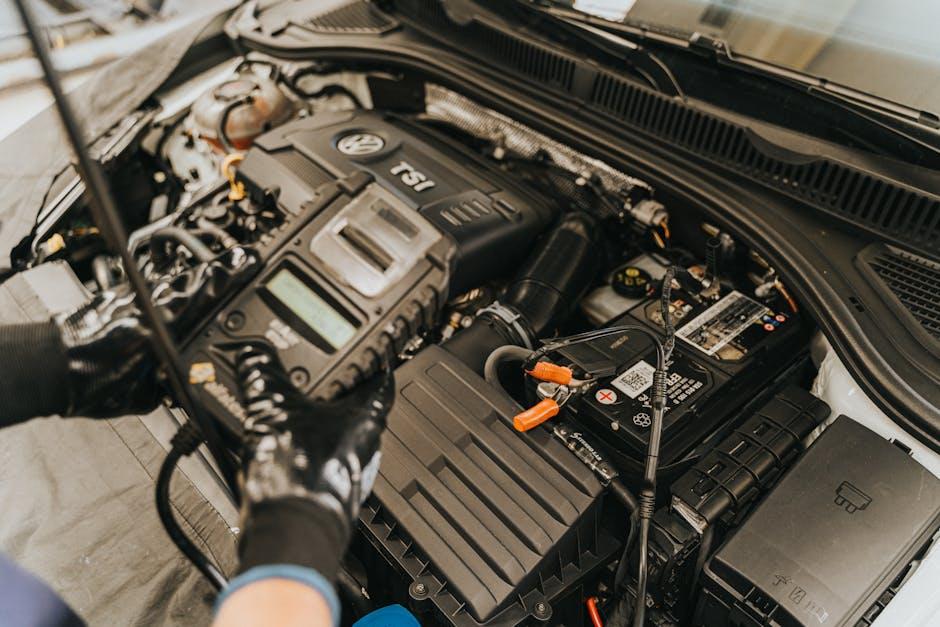
Understanding the Hidden Culprits Behind Battery Drain
Many drivers overlook subtle factors that quietly sap their car battery’s life. Parasitic drains—electrical components that continue drawing power even when the ignition is off—are often the sneaky culprits. Common offenders include interior lights left on, malfunctioning alarm systems, or even faulty wiring behind the dashboard. These tiny, persistent energy leaks gradually weaken the battery, leaving you stranded at the most inconvenient times.
Another underestimated cause is the environmental impact on battery health. Extreme temperatures, both scorching summer heat and freezing winter cold, can drastically reduce a battery’s efficiency and lifespan. Additionally, frequent short trips prevent the alternator from fully recharging the battery, intensifying the drain problem. To visualize these issues, the table below outlines typical hidden drains and their effects on your battery’s performance:
| Hidden Drain | Impact on Battery | Signs to Watch For |
|---|---|---|
| Interior Lights Left On | Steady slow discharge | Battery warning light, dim headlights |
| Faulty Alarm System | Intermittent drain | Frequent dead battery without reason |
| Short Trips | Incomplete recharge cycles | Reluctant engine starts |
| Extreme Temperatures | Reduced battery capacity | Swelling battery case, sluggish performance |
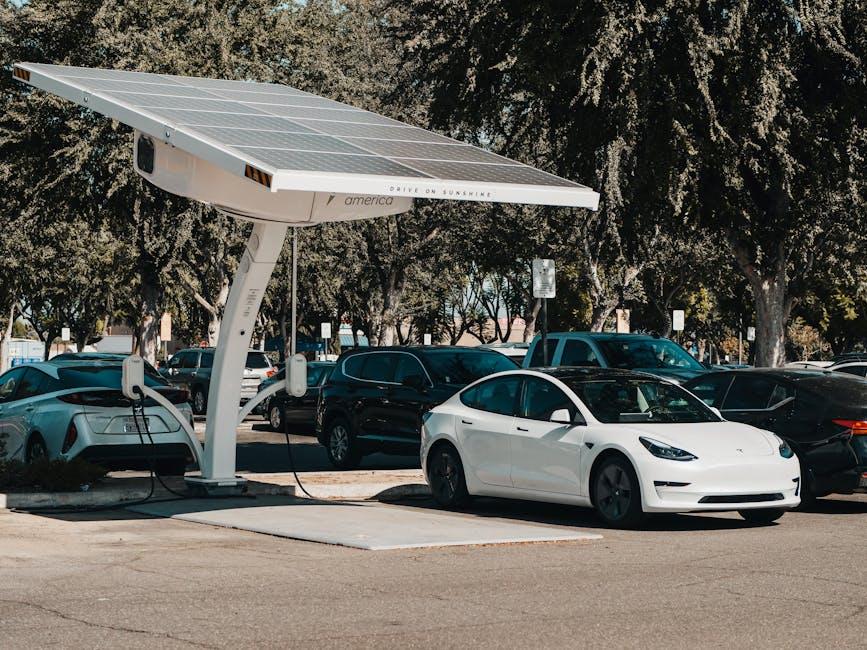
The Impact of Electrical Accessories on Battery Life
Electrical accessories in a car, while enhancing driving comfort and convenience, can stealthily sap the battery’s power. Devices such as aftermarket stereos, LED light bars, and advanced alarm systems draw continuous current—even when the vehicle is off. This persistent drain forces the battery to work overtime, reducing its overall lifespan. Modern vehicles often have multiple power-hungry gadgets, and without proper management, these accessories can become silent culprits of premature battery failure.
Here are some common electrical accessories that tend to impact battery endurance:
- High-powered audio systems with amplifiers
- LED or auxiliary lighting setups
- GPS trackers and dash cams
- Remote starters and alarm sensors
- Charging ports and USB hubs
| Accessory Type | Average Current Draw (mA) | Impact on Battery Life |
|---|---|---|
| Aftermarket Amplifier | 50 – 200 | High drain during standby |
| LED Light Bars | 30 – 150 | Can cause slow battery drain |
| Dash Cameras | 15 – 50 | Constantly drains battery if wired improperly |
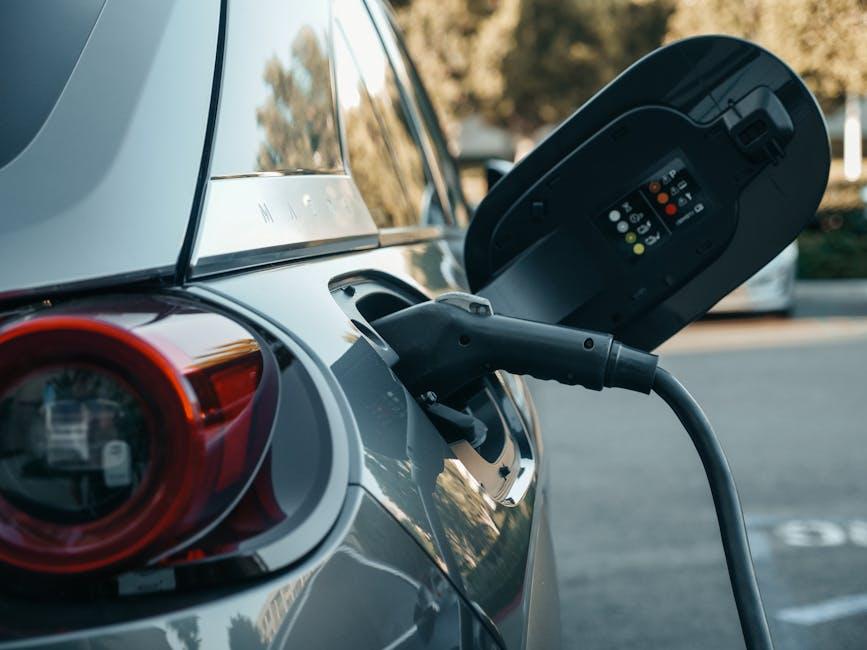
How Extreme Temperatures Affect Your Car Battery
When temperatures soar or plummet, your car battery faces a tough battle. Extreme heat accelerates the chemical reactions inside the battery, which might sound good but actually causes the battery fluid to evaporate, damaging the internal structure and shortening lifespan. On the flip side, extreme cold thickens the battery fluid, leading to reduced efficiency. Cold weather makes it harder for the battery to deliver sufficient power for starting your engine, especially during those frosty winter mornings.
To better understand how temperature swings impact battery performance, here’s a quick comparison:
| Condition | Effect on Battery | Typical Battery Life Impact |
|---|---|---|
| High Heat (Above 90°F / 32°C) | Fluid evaporation and internal damage | Shortened life by up to 50% |
| Extreme Cold (Below 32°F / 0°C) | Reduced chemical activity & power output | Harder starts, more frequent jump starts |
- Hot weather increases the risk of sudden battery failure even if the battery looks fine externally.
- Cold weather might leave you stranded with a slow engine crank or no crank at all.
Keeping your battery well-maintained and insulated during these temperature extremes can prolong its reliable performance and save you from unexpected breakdowns.
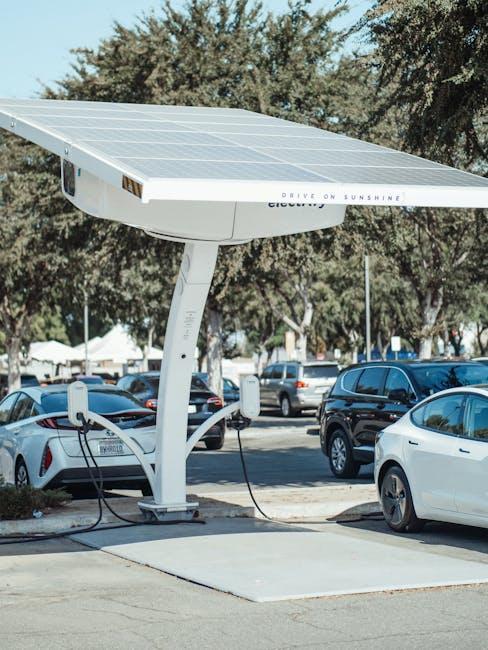
Recognizing Parasitic Drain and How to Detect It
Parasitic drain occurs when electrical components in your vehicle continue to consume battery power even after the engine is turned off. This silent energy thief can slowly sap your battery, leaving you stranded with a dead cell. Common culprits include interior lights left on, malfunctioning alarm systems, or faulty wiring. Unlike typical battery drains, which happen during vehicle use, parasitic drain is more insidious, often going unnoticed until it’s too late.
Detecting this issue requires a systematic approach using a multimeter to measure the current draw from the battery with the vehicle off. Start by disconnecting the negative cable and connecting the meter inline—look for a current draw exceeding 50 milliamps, which generally indicates a problem. Below is a simple check table for typical parasitic current limits:
| Component | Typical Current Draw (mA) | Status |
|---|---|---|
| Alarm System | 30-50 | Normal |
| Interior Lights | 100-200 | Abnormal |
| Radio Memory | 15-25 | Normal |
| Aftermarket Accessories | Varies | Check Individually |
Using this method, you can isolate the circuit causing the drain by removing fuses one by one until the current drops to a normal level. This helps pinpoint the source, whether it’s a stuck relay, a short circuit, or an accessory malfunction. Remember, regular checks and timely diagnostics can save you from unexpected battery failures.
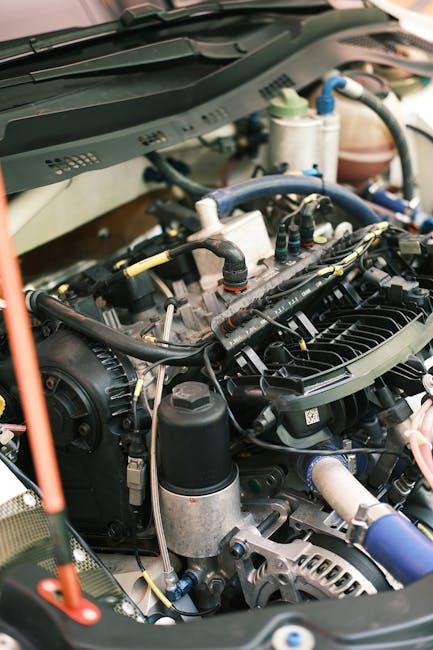
Maintenance Tips to Prevent Unexpected Battery Failures
To keep your car battery healthy and avoid surprises, regular inspection is key. Start by checking the battery terminals for corrosion—a buildup of white, powdery residue can lead to poor electrical connections and sudden power loss. Clean the terminals with a mixture of baking soda and water, and ensure that the connections are tight but not over-tightened. Additionally, monitor the battery’s water level if applicable; some batteries require distilled water refills to maintain optimal performance. Ignoring these simple steps often leads to unexpected battery failures right when you need your car the most.
Developing good habits around battery usage can significantly extend its lifespan. Avoid leaving the car’s lights, radio, or any electrical devices on when the engine is off, as this can drain the battery quickly. If you drive infrequently, consider using a trickle charger to keep the battery at a healthy charge level. Below is a quick checklist designed to keep your battery running smoothly:
- Inspect terminals monthly for corrosion and clean as needed.
- Check battery charge with a voltmeter every few months.
- Limit short trips to allow full battery recharge during drives.
- Use a battery maintainer for vehicles left unused for extended periods.
| Maintenance Task | Frequency | Benefit |
|---|---|---|
| Check terminal corrosion | Monthly | Prevents poor connections |
| Test battery voltage | Every 3 months | Ensures proper charge |
| Keep battery clean and dry | Ongoing | Reduces risk of damage |
| Use trickle charger if inactive | As needed | Maintains charge level |

When to Seek Professional Help for Persistent Battery Issues
Persistent battery problems often signal that simple fixes are no longer enough. If your car battery frequently dies despite jump-starts and careful use of electronic devices, it’s time to get expert insight. Ignoring ongoing issues could lead to unexpected breakdowns, leaving you stranded or facing costly repairs. Professional mechanics have the right tools to conduct deep diagnostics, detecting hidden electrical drains or failing alternators that aren’t obvious at first glance. Don’t hesitate to seek help when:
- Jump-starts become a routine: If your battery needs a jump more than once a month, that’s a clear sign.
- Warning lights stay on: Battery or charging system alerts on the dashboard shouldn’t be ignored.
- Slow engine cranks: Even if your car starts, sluggish engine turns are a red flag.
- Corrosion or leaks persist: Damaged battery terminals or acid stains suggest internal battery failure.
Below is a quick comparison to help you decide when professional intervention is advisable versus when you might still troubleshoot on your own:
| Issue | DIY Possible? | Professional Needed? |
|---|---|---|
| Battery terminals corroded | Yes, cleaning with baking soda | No, unless corrosion persists or repeats |
| Battery repeatedly dying within days | No | Yes, for electrical drainage tests |
| Alternator warning light | Sometimes (basic checks) | Recommended for accurate voltage checks |
| Parasitic drain suspected | No | Yes, requires specialized equipment |
Q&A
Q: What are the most common causes of car battery drain?
A: Car battery drain can occur for several reasons, but the most frequent culprits include leaving lights or accessories on, faulty electrical components, and a battery that’s simply reaching the end of its lifespan.
Q: How do interior lights affect my battery?
A: Interior or dome lights left on overnight can slowly but surely drain your battery. Even small bulbs draw power continuously, which can exhaust a car battery if the engine isn’t running to recharge it.
Q: Can a parasitic drain cause my battery to die?
A: Yes, parasitic drain happens when electrical devices continue to draw power after your car is turned off. Examples include malfunctioning alarms, faulty wiring, or certain aftermarket electronics that don’t switch off properly.
Q: How does extreme weather contribute to battery problems?
A: Both cold and hot weather can stress your battery. Cold temperatures reduce battery capacity, making it harder for the battery to start the engine. Heat accelerates chemical reactions inside the battery, which can lead to its premature aging and failure.
Q: Is it possible for my alternator to cause battery drain?
A: Absolutely. A malfunctioning alternator might not charge your battery adequately while driving. If the charging system’s not working correctly, the battery will slowly lose its charge over time.
Q: Can short trips cause my battery to drain?
A: Regular short trips often don’t give your alternator enough time to fully recharge the battery after starting your car. Over time, this can lead to a weak or drained battery, especially if combined with other factors.
Q: How can I prevent my car battery from draining?
A: Prevention starts with simple habits: make sure all lights and accessories are off when you leave your car, have your electrical system checked periodically, and replace your battery as recommended by the manufacturer.
Q: When should I have my battery tested?
A: If you notice slow engine cranking, dimming lights, or your battery is more than 3-5 years old, it’s a good idea to get it tested. Many auto shops offer free battery testing that can catch problems before they leave you stranded.
Q: Can aftermarket electronics cause unforeseen battery drain?
A: Yes, improperly installed or faulty aftermarket devices like sound systems, remote starters, or GPS units can create parasitic drains. Always have these installed by professionals and ensure they’re correctly integrated into your vehicle’s electrical system.
Q: What role does corrosion play in battery drain?
A: Corroded battery terminals can interrupt the flow of electricity, causing poor charging and starting issues, which might seem like a battery drain problem but is actually a connection issue. Cleaning terminals regularly can help maintain a healthy electrical connection.
In Summary
Understanding the common causes of car battery drain is more than just a handy tip—it’s a key to keeping your vehicle reliable and ready for the road ahead. From the subtle vampire-like pull of electronics left on to the natural wear and tear of aging batteries, each factor plays its part in the story of your car’s power. By staying informed and attentive, you can outsmart these energy thieves, ensuring that your battery’s charge lasts when you need it most. After all, a well-cared-for battery is not just about convenience—it’s about peace of mind every time you turn the key.

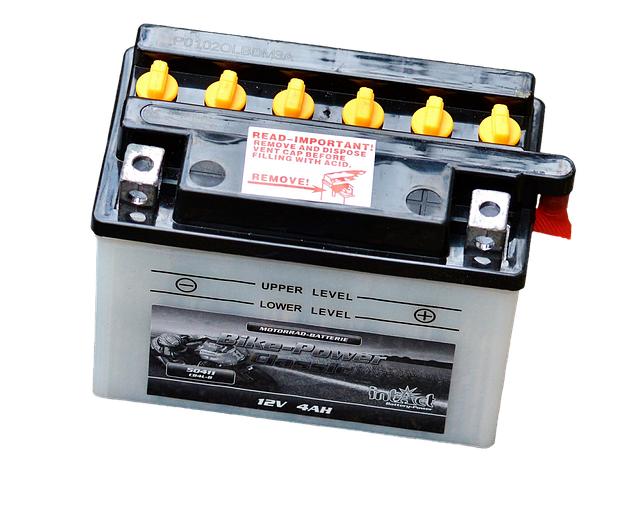
5 Comments
bts8n2
bts8n2
npws1i
ex58c4
06czen